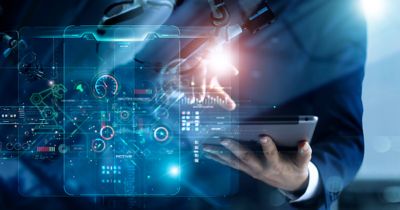Ansys Advantage 블로그
Ansys 및 다른 기술 전문가의 기고문을 제공하는 Ansys Advantage 블로그에서는 Ansys 시뮬레이션이 인간의 발전을 촉진하는 혁신을 어떻게 지원하는지에 대한 최신 소식을 계속해서 전해 드립니다.
차세대 엔지니어에게 힘을 실어주는 Ansys
학생들은 세계적 수준의 시뮬레이션 소프트웨어를 무료로 이용할 수 있습니다.
미래를 설계하기
시뮬레이션이 다음 혁신을 어떻게 지원할 수 있는지 알아보려면 Ansys와 연결하십시오.
Sorry. Our site search is running into issues and we're working to get it back up and running as soon as possible.
In the meantime, please use the Google search box below to search the site.


